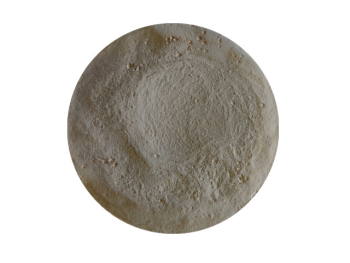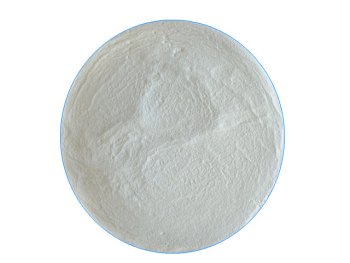Feed Additive Keratinase Enzyme
Feed additive keratinase enzyme
Introduction
The keratinase is produced by submerged fermentation of Aspergillus niger followed by purification and formulation. It’s a protease with broad specificity capable of degrading water soluble and insoluble proteins. It’s able to hydrolyze keratin efficiently into smaller peptides and amino acids, outperforming most non-keratin degrading proteases. Keratin is commonly found in fur, feather, horn, hoof and fish scale. It contains a high amount of cross-linked disulfide bonds and hydrophobic amino acids forming a very tight structure and is very resistant to proteolysis. Keratinase is unique in that it contains multifunctional potent enzymatic activities attacking disulfide links and peptide bonds, and thus depolymerizes keratin efficiently, increasing digestibility of feed containing protein with a similar structure.
Characteristics
| Declared Activity | 200,000 u/g |
| Production Organism | Aspergillus niger |
| Physical Form | powder |
| Color | Light yellow to brown. Colour can vary from batch to batch. Color intensity is not an indication of enzyme activity. |
| Odour | Normal microbial fermentation odour. |
Recommended Dosage
13-26g per ton of feedstuff. The dosage has to be optimized based on each application, the raw material specifications, product expectation, and processing parameters.
Benefits
– Turn feather into feed with good digestibility
– Improve utilization of feed containing specific protein sources that resist normal digestion
– Complement digestive enzymes in young animals to improve their growth
– Help make better fermented soybean meal by generating more smaller peptides with better palatability
– Boost protein utilization by animals to reduce nitrogen excretion in manure and environmental pollution.
Package and Storage
Package: 1 kg / bag
Storage: Keep sealed in a dry and cool place and avoid direct sunlight.
Shelf Life: 12 months in a dry and cool place.
Safety
Enzyme preparations are proteins that may induce sensitization and cause allergic type of symptoms in susceptible individuals. Prolonged contact may cause minor irritation for skin, eyes, or nasal mucosa. Any direct contact with the human body should be avoided. If irritation or allergic response for skin or eyes develops, please consult a doctor.







